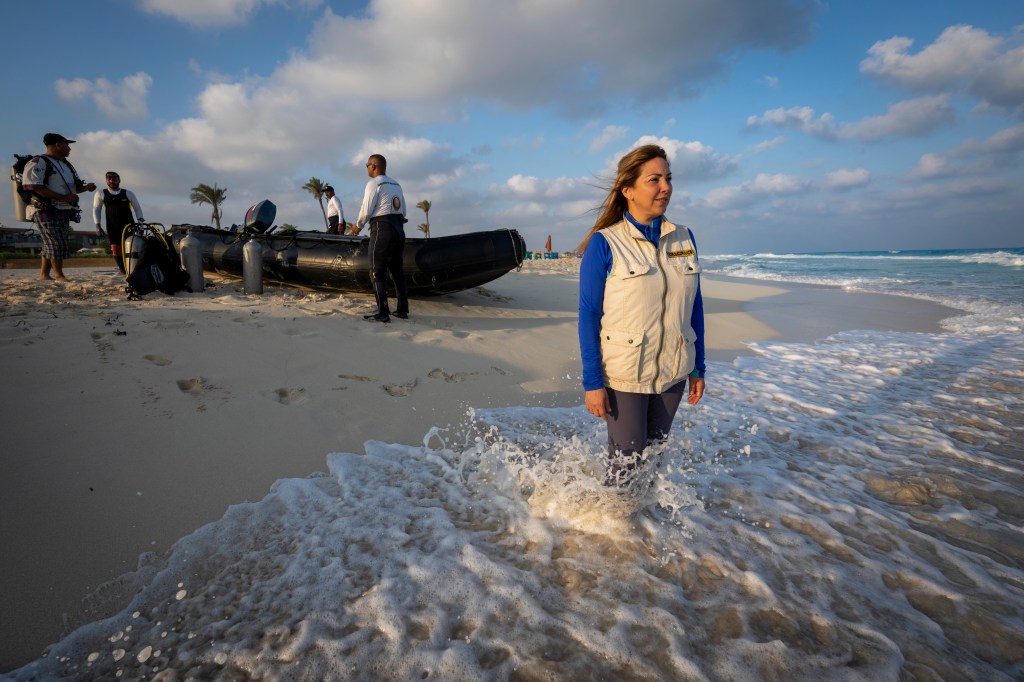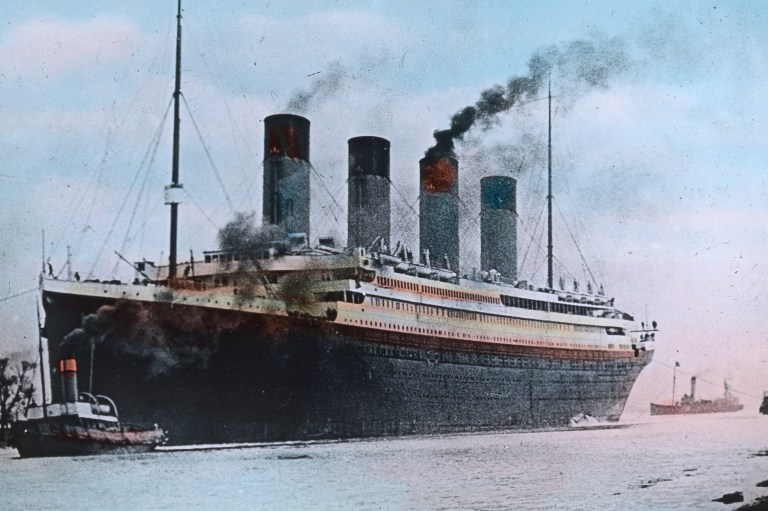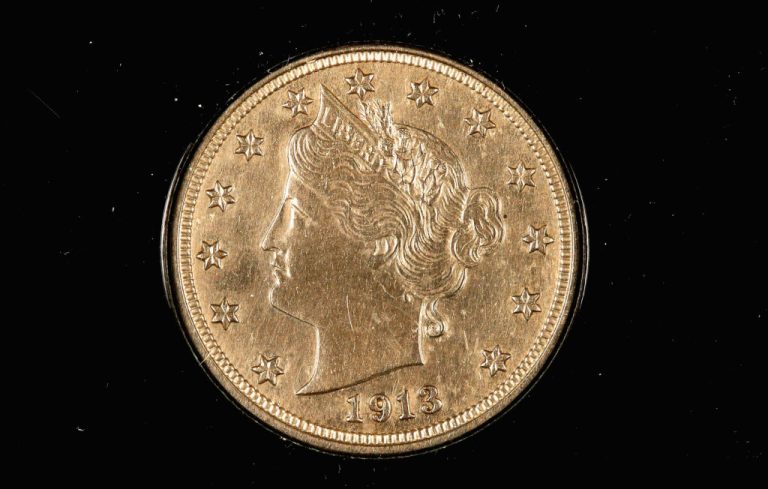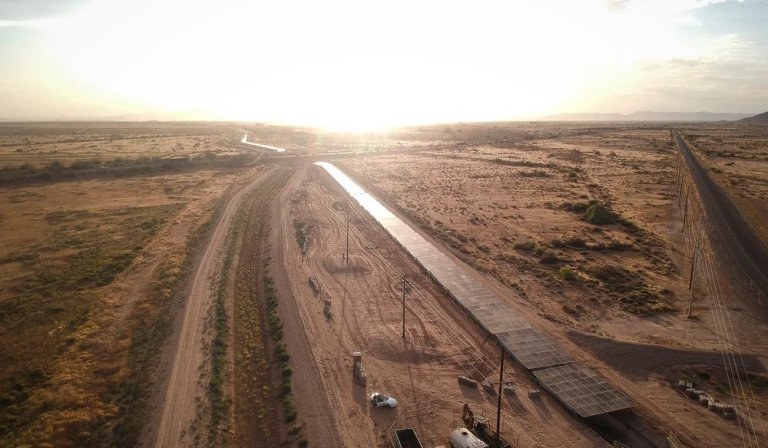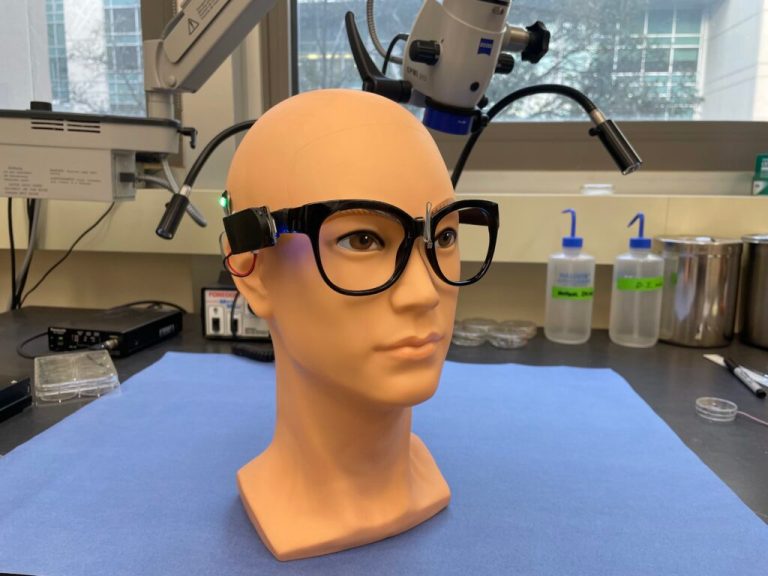Many experts believe that the iconic Egyptian pharaoh Cleopatra was buried in Alexandria, Egypt, the capital of the kingdom she ruled — but a new discovery may uproot that theory and help solve the 2,000-year-old mystery of the location of her tomb.
In a finding announced Thursday by the Egyptian Ministry of Tourism and Archaeological Works, a team of researchers discovered a sunken port in the Mediterranean Sea that they believe could be the next clue in identifying Cleopatra’s final resting place. Amid a war with the Romans, the queen may have secretly planned for her body to be transported to her tomb through the port to prevent her enemies from finding it.
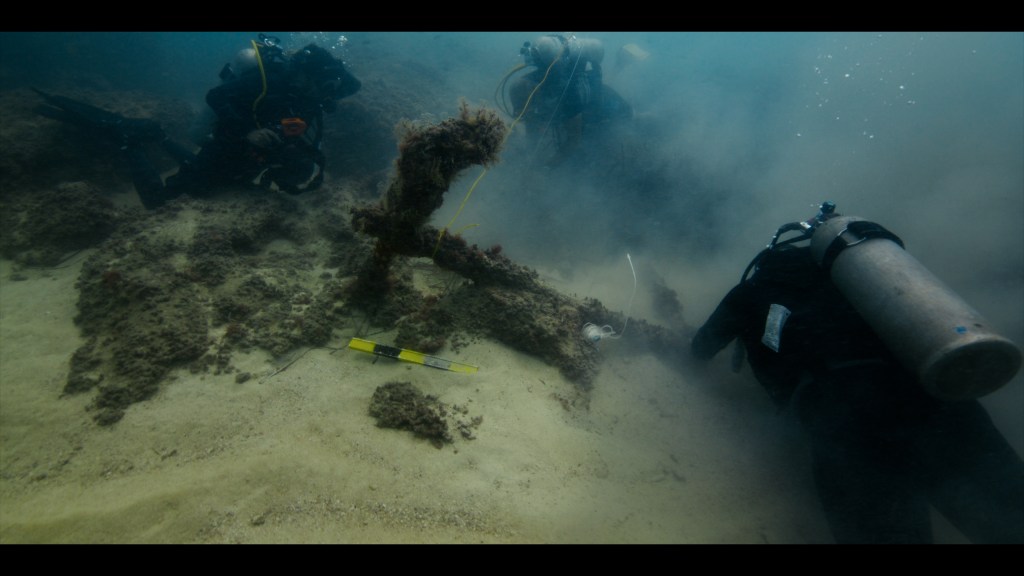
Archaeologist Kathleen Martínez, who led the research team, has been searching for Cleopatra’s tomb since 2005. Three years ago, she and a team of excavators found a collection of objects and structures dating back to Cleopatra’s reign, 51 to 30 B.C., at the ruins of Taposiris Magna: an ancient city and temple about 30 miles west of Alexandria.
“So far, we have discovered more than 2,600 objects in a place where everybody believed there was nothing to be found,” Martínez said in an exclusive interview with National Geographic. “We have changed the history of the area so far, even though we have not discovered the tomb of Cleopatra.”
They also identified a nearly 4,300-foot-long tunnel, approximately 40 feet underground and leading into the Mediterranean Sea. To help with the underwater excavations that followed, Martínez recruited none other than Bob Ballard, the marine archaeologist who discovered the Titanic wrecksite back in 1985. Inside the partially submerged tunnel, the team found ceramic jars and pottery dating back to the Ptolemaic Dynasty, of which Cleopatra was the last ruler.
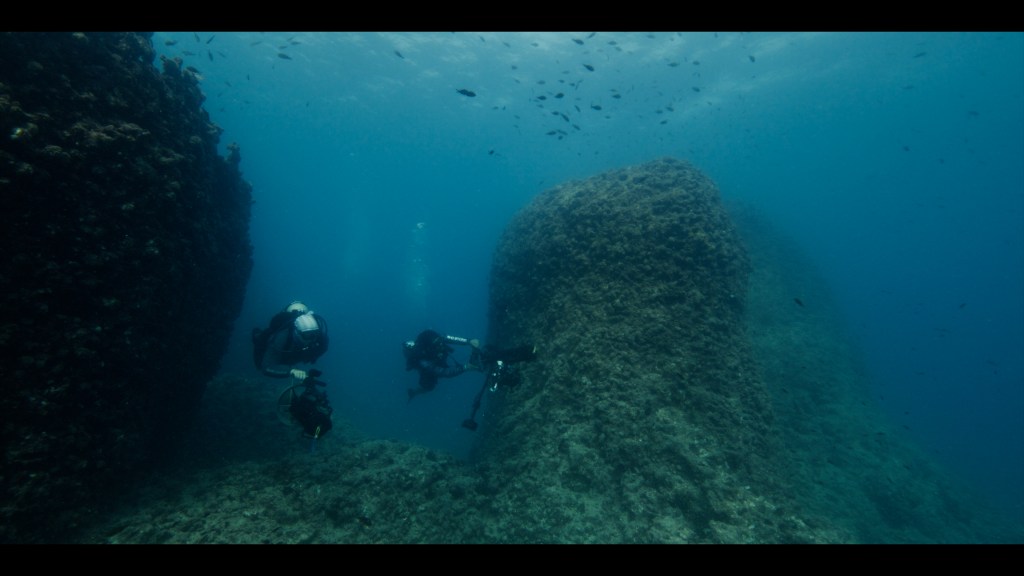
With help from the Egyptian Navy, Ballard and his team uncovered evidence that the region had once been a shoreline. So they used sonar technology to map the ocean floor — and identified a plethora of ancient artifacts, as well as 20-foot-high structures covered in sediment. The latter featured polished floors, cemented blocks, columns, anchors, and amphorae, pots once used for storing and transporting goods.
“This is one of those moments when you feel so alive,” Martínez says of the structures’ discovery in the upcoming National Geographic documentary Cleopatra’s Final Secret. She later tells her team: “After 2,000 years, nobody has ever been there. We are the first ones.”
Based on their findings, the structures may have once formed a port, connected to Taposiris Magna via the tunnel. “The tunnel pointed directly at it,” Ballard told the outlet.
The research team also uncovered a foundation plate suggesting that the temple was dedicated to the Egyptian goddess Isis, who many compared Cleopatra to. In 30 B.C., Cleopatra was in danger of being taken captive by Octavian, who later became Augustus, the first emperor of Rome. Martínez speculated that instead of turning herself over to the Romans, the queen planned to have her body brought through the tunnel to be buried in Taposiris Magna, and then took her life at age 39.
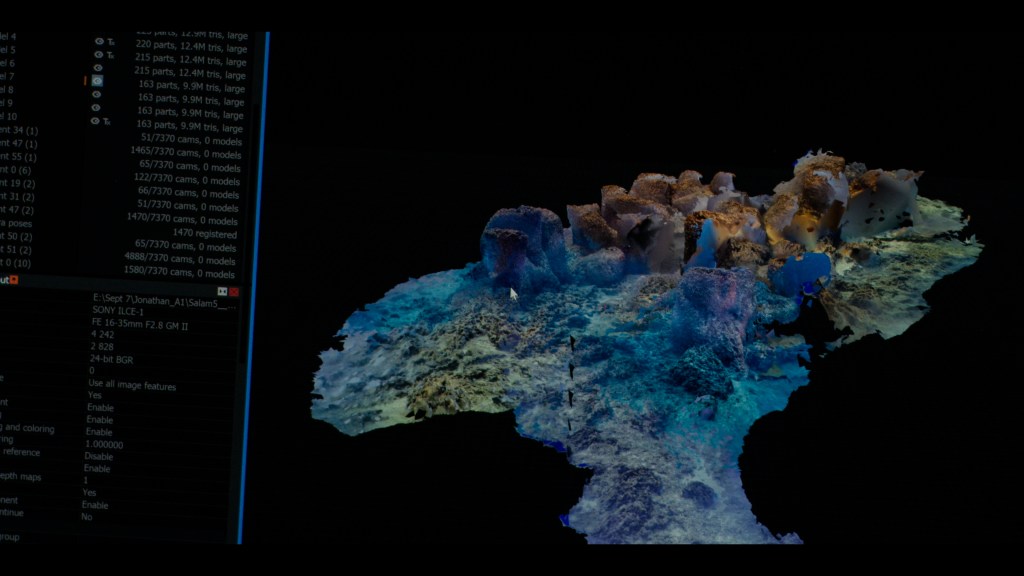
Rather than dying as “a slave or a prisoner,” Martínez theorized, “She wanted to die as a daughter of Isis.” The archaeologist also noted, “She had to choose a location where she could feel safe for her afterlife” with her lover, Mark Antony.
Next, Martínez plans to excavate Salam 5, a series of rectangular stone structures that are part of the assortment the team found underwater — and she’ll keep at her work until the mystery is solved. “Nobody can tell me that Cleopatra is not at Taposiris Magna. To say that, you have to excavate the whole area and not find her,” she said, adding: “I’m not going to stop. For me, it’s a matter of time.”
RELATED: “Rare and Fascinating” Ancient Roman Sun Hat Goes on Display in England
